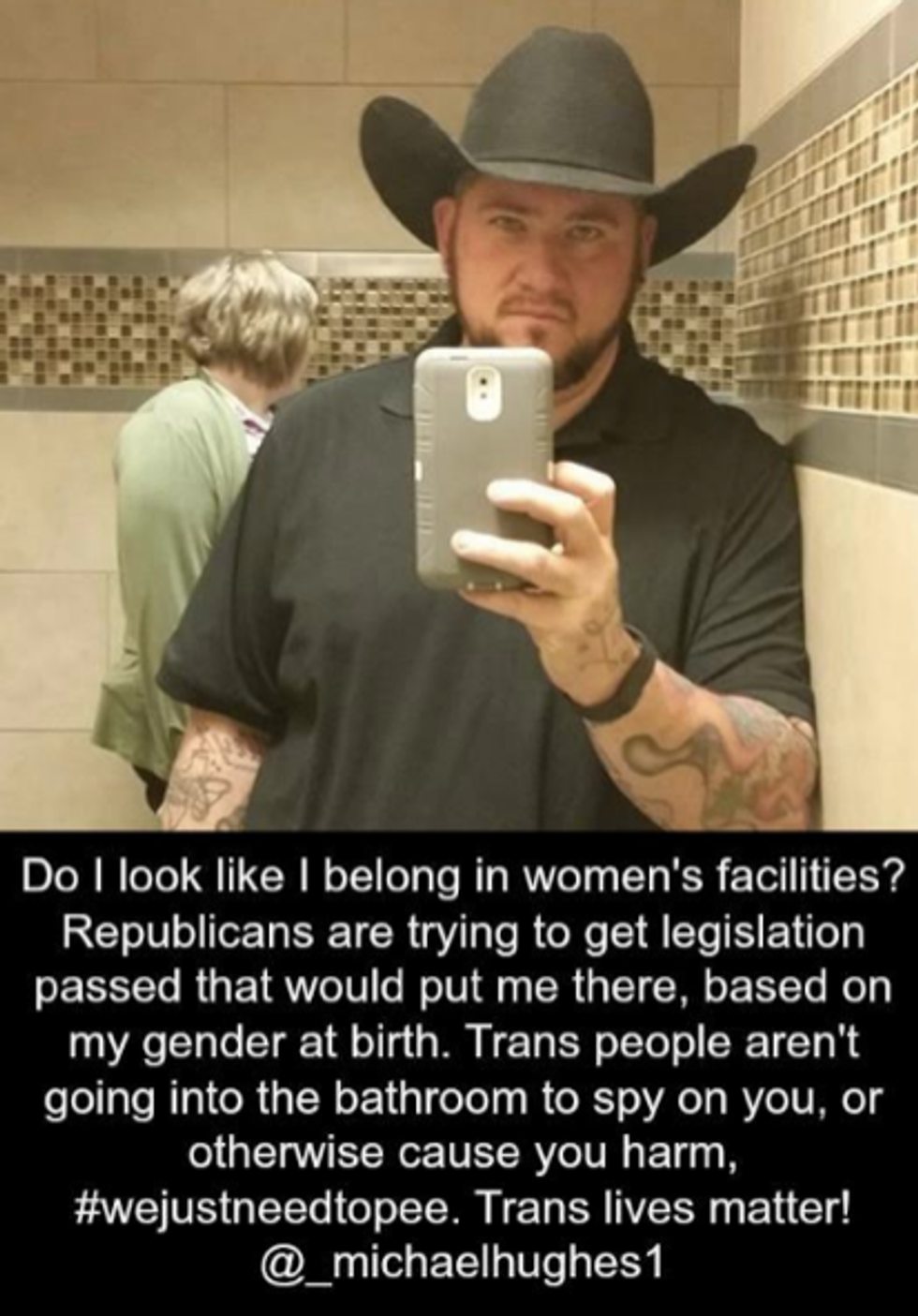In late March, North Carolina passed legislation banning transgender people from using the gendered bathroom that they identify with, instead making them use the restroom that matches their biological gender.
Since then, the law has undergone copious amounts of criticism for being some of the most actively anti-LGBT legislation the nation has seen in recent years. The U.S. Justice Department considers it to be in violation of the Civil Rights Act, and demands that the law be dissolved. Likewise, the Obama administration stepped in last week, and advised all public schools to effectively ignore the law.
Though navigating the waters of transgender rights is somewhat of a more modern issue — transgenderism has always existed, but recent advances in medical practices have made sexual realignment surgery more practical, possible, and accessible — the issue of bathroom discrimination is not. The HB2 Bill, as it’s being called by Pat McCrory, governor of North Carolina, can’t help but seem familiar: in fact, it’s eerily similar to Plessy v Ferguson, which established “separate but equal” and the Jim Crow South.
Although the long, dark history of institutional racism is entirely it’s own entity and easily stands on its own, the common undercurrent of discrimination between the past legislation and the current legislation is undeniable.
Such an event, however, affects the entirety of the LGBT community, not just the people who identify as transgender. According to the National School Climate Survey conducted by Gay, Lesbian & Straight Education Network (GLSEN for short) in 2011, 82 percent of surveyed LGBT youth had been bullied for their sexual orientation within the past year. Furthermore, 44 percent felt unsafe at school due to their gender identification, and finally, 32 percent missed one or more days because they felt unsafe.
Likewise, because of this bullying, transgender students are much more likely to consider suicide: According to the Stop Bullying campaign, LGBT students are twice as likely to be depressed and to think about or attempt to suicide as their straight peers.
Bullying seems to be a fact of life for most LGBT students, especially transgender ones. Imagine how a transgender student might feel if they were bullied not only by their peers, but now, also by their state — shamed, banned and delegitimized by such legislation.
This is the 21st century — gay marriage has been legalized, one of the world’s biggest stars, Caitlyn Jenner, successfully came out as a transgender woman, we have a woman running for president — and we still cannot completely accept transgender people?
Ultimately, the real issue at play here, the same one at play in Jim Crow, is exclusivity. That’s not to say, however, that solely North Carolina is at blame — it’s a deep cultural flaw to which we all contribute. We live in a culture where it is not OK to be different, where any deviation from the norm is shamed. This is a culture of hate, of spite, and such legislation pushes people away instead of inviting them in.
We must look outside ourselves, and embrace our LGBT brothers and sisters with open arms. We must consider ourselves allies, to be ready to aide, help, and support whenever necessary.




















